Golden Pigs, Jesus-Shaped Bread, and 5 Other Delightful European Christmas Customs

A Christmas market in Talinn, Estonia (Photo: Wikimedia)
American Christmas has its own basic formula: Tree, ornaments, stockings by the fireplace, Santa Claus, presents, feast. (Plus, for observant families, an actual religious rite.) Most of these traditions are vaguely European. But there are plenty of European Christmas rituals that are less familiar to adherents of American Christmas.
Mix together pagan-influenced beliefs, outdated Catholic rules and old-fashioned regionalism, and out come very unique, very delightful Christmas customs–many of them connected to the traditional feast.
Christmas is about a lot of things–gift-giving, family, light in the dark of the winter, demons coming to visit your house–but like all good festivals, one of the key elements is what should be put in one’s mouth and how, exactly, it should get there.
Fast all day, then try to see a golden pig
Before the 20th century, the Catholic Church considered Christmas Eve a fast day. A day of abstinence, though, often ends in a celebratory meal, and in the Czech Republic, traditional Christmas Eve dinners feature fresh carp, butchered on the street by the fishmonger or kept in the bathtub until it’s time to prepare it, then fried and served with potato salad.
Before eating, however, the custom is to try to see a golden pig–a vision or hallucination projected on the wall. If you do see it, presumably you’ll have good luck for the year. A Christmas tradition that’s become popular in its own right is a commercial for a Czech soda that features the story of the golden pig. In the commercial, a father tells his daughter the story, and…the pig appears. (Sort of.) This commercial is so well-liked that it’s been aired each year since its debut, a decade ago.
Bake a loaf of bread in the shape of baby Jesus
This bread has many names: cougnou, queniolle, pain de Jesus, coquille, and more. But the basic concept is always the same. The bread’s meant to look like a swaddled baby.
There are three parts to the loaf, a head, a body, and feet. It’s a sweet bread, often dotted with raisins, and the idea was thought to originate centuries ago, in the area where northern France now borders Belgium. It’s kind of cute, but maybe a bit creepy, too.
Leave Rice pudding for magical creatures
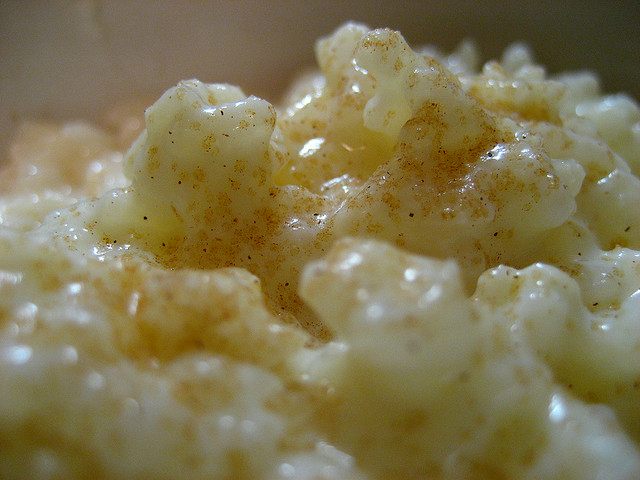
Rice pudding! (Photo: Rudi Riet/flickr)
In Scandinavian countries, people often prepare a batch of rice pudding on Christmas Eve, with part of the porridge set aside for some magical creature, whether it’s the barn gnome who looks out for the animals, the house (or sauna) elf that watches over the family, or, more commonly these days, for the local version of Santa Claus.
But the porridge also has a surprise in it: one whole blanched almond. Like the person who finds the bean or plastic figure in a king cake down south, the person who finds the almond receives a present.
Try not to hear animals talking
This tradition’s not tied to one particular country: in many places in Europe, it’s said that animals are given the power to talk just as Christmas Eve becomes Christmas, at midnight. There’s some disagreement about whether one should try to listen to what they say. Sometimes it’s considered bad luck to eavesdrop. But sometimes the animals gossip about who has treated them badly, so it’s worthwhile to listen in.
Eat a 12-course Christmas Eve dinner
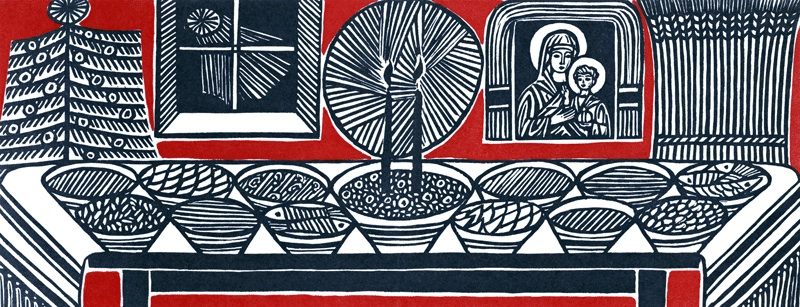
Twelve dishes of Christmas (Image: Jacques Hnizdovsky/Wikimedia)
In many Eastern European countries, Christmas Eve dinner is a serious ritual, which follows a day of fasting and includes no meat. The table might be strewn with hay, as a gesture to the manger where Jesus was born and in some places the first food that’s eaten is a communion-like wafer.
The 12 dishes are meant to represent the 12 apostles, or the 12 months, and they might include borscht, mushroom soup, potatoes, braised sauerkraut, pierogi, cabbage rolls, herring, smoked eels, small biscuits, or gingerbread. Everyone must at least taste each dish, or risk bad luck in the next year.
Some of these dinners also have a connection to the dead, or death. Some families perform a ritual at the end of the meal, where a candle is blown out and the direction of the smoke–up or down, towards the door–augurs good or bad. Some people leave an empty plate for their deceased relatives; others leave the leftovers of the meal on the table for the whole night so the dead can come and partake.
Eat 13 Christmas desserts

In Provence (Photo: CRTPACA/flickr)
A less somber tradition in the south of France dictates that Christmas Eve supper include 13 desserts, in reference to the 12 apostles and Jesus Christ.
Bake just one dessert, but give it 18 layers
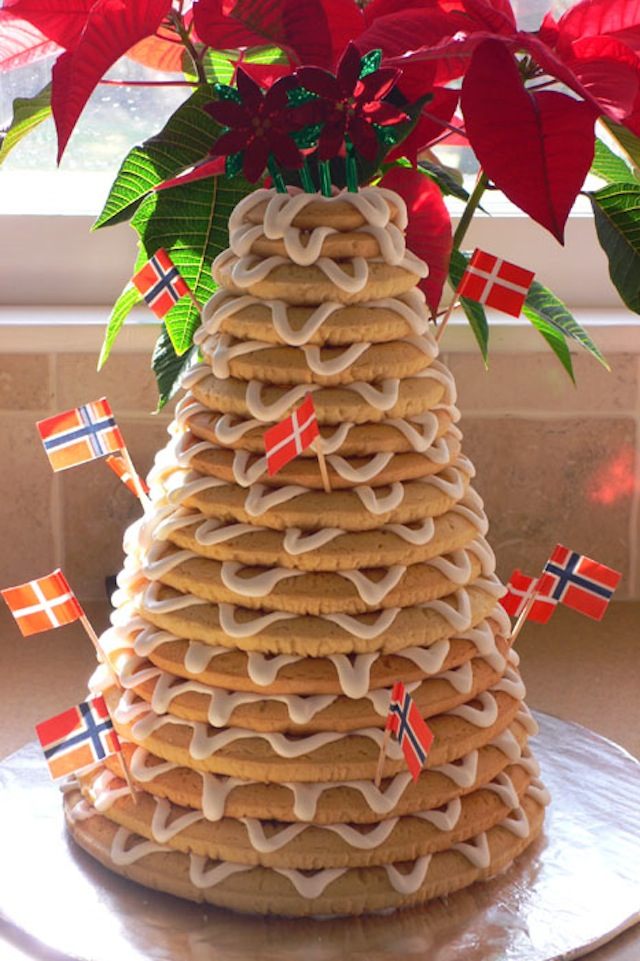
A Kransekake (Photo: Elaine Ashton/flickr)
In some Scandinavian countries, Christmas dessert is Kransekake, a tower of pastry rings, stacked one on top of another. It’s not exclusively baked at Christmas, but it’s magnificent.
Gastro Obscura covers the world’s most wondrous food and drink.
Sign up for our email, delivered twice a week.






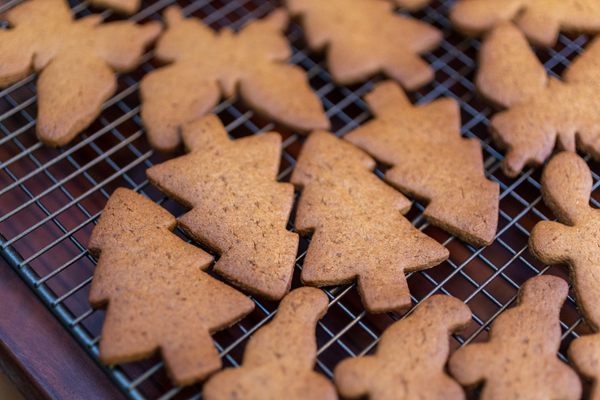











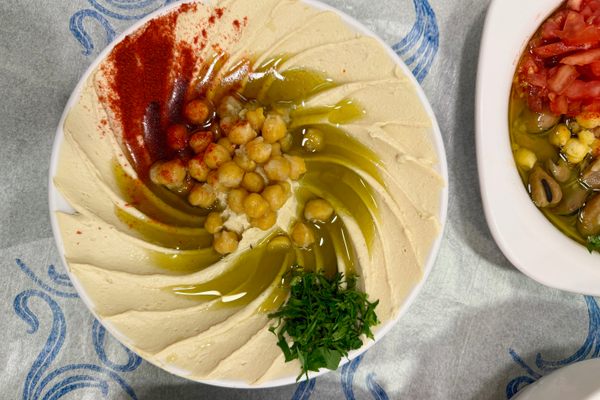





Follow us on Twitter to get the latest on the world's hidden wonders.
Like us on Facebook to get the latest on the world's hidden wonders.
Follow us on Twitter Like us on Facebook